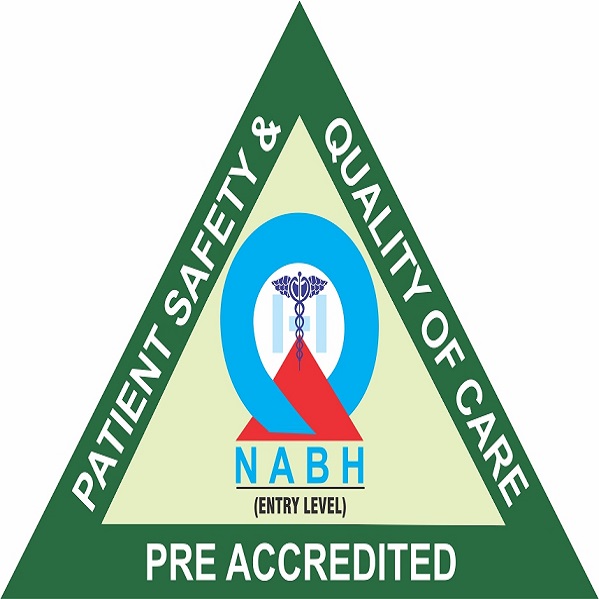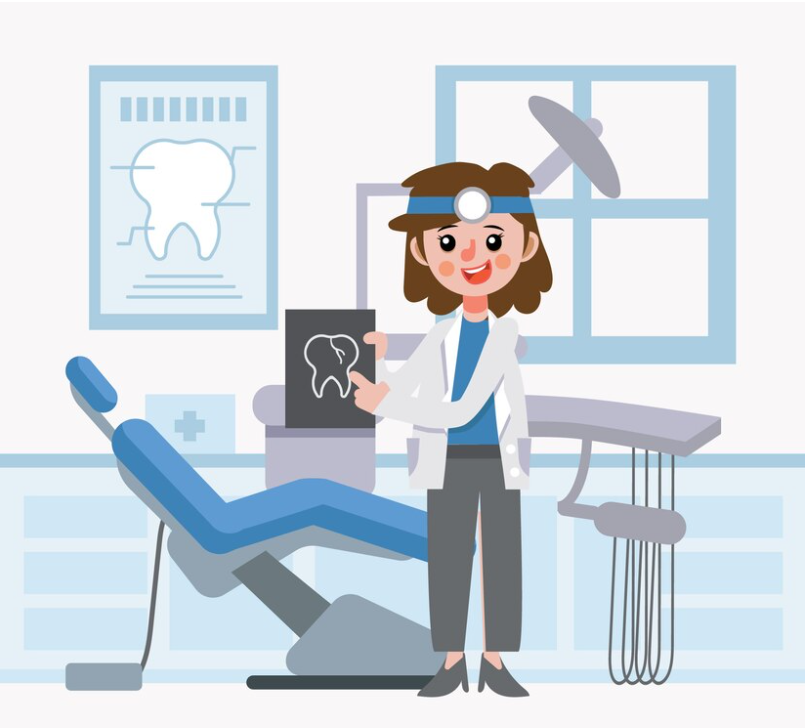
In the world of dentistry, achieving a beautiful smile goes beyond mere technical proficiency – it requires an innate understanding of aesthetics, a delicate touch, and a commitment to excellence. Dr. Shipra Aggarwal embodies these qualities as an expert in dental surgery. Come discover the artistry and precision behind his work and the transformative impact he has on his patients’ smiles.
Aesthetic skill
Dr. Shipra Agarwal sees every dental procedure as an opportunity to create a work of art. With a keen eye for detail and a keen understanding of facial harmony, she carefully crafts smiles that are not only beautiful but also natural-looking and harmonious. Whether it is restoring damaged teeth, improving alignment, or enhancing aesthetics through cosmetic procedures, Dr. Aggarwal’s artistic sensibility ensures that every smile he creates is a masterpiece.
Precision and Expertise
As a skilled dental surgeon, Dr. Shipra Agarwal combines her artistic talent with technical expertise to deliver exceptional results. With years of experience and training, she performs a wide range of procedures with precision and efficiency, from simple fillings and extractions to complex oral surgeries and dental implants. Dr. Agarwal’s commitment to staying abreast of the latest advances in dental technology ensures that his patients receive the highest standard of care.
Compassionate Care
Beyond her clinical skills, Dr. Shipra Agarwal is known for her compassionate approach towards patient care. She understands that going to the dentist can be a daunting experience for many people, and she makes every effort to make sure her patients feel comfortable, relaxed, and cared for. Dr. Aggarwal takes the time to listen to her patients’ concerns, address their fears, and tailor treatment plans to meet their individual needs, fostering a trusting and supportive relationship with each person she treats. Do it.
Change of life, one smile at a time
The impact of Dr. Shipra Agarwal’s work goes beyond the physical transformation of smiles – it touches lives. Whether restoring dental function, reducing pain, or enhancing confidence by enhancing smiles, their expertise has a profound and lasting impact on the overall well-being of their patients. With each successful treatment, Dr. Aggarwal not only improves his patients’ smiles, but also improves their quality of life, helping them smile brighter and be happier.
Conclusion
Ultimately, Dr. Shipra Agarwal’s expertise in dental surgery is a perfect blend of artistry, precision and compassion. Through her dedication to excellence and her commitment to patient-centered care, she brings beautiful smiles to life and transforms the lives of those she treats. Under the leadership of Dr. Agarwal, patients can rest assured that they are in capable hands, receiving the highest quality dental care and achieving healthy as well as stunning smiles.


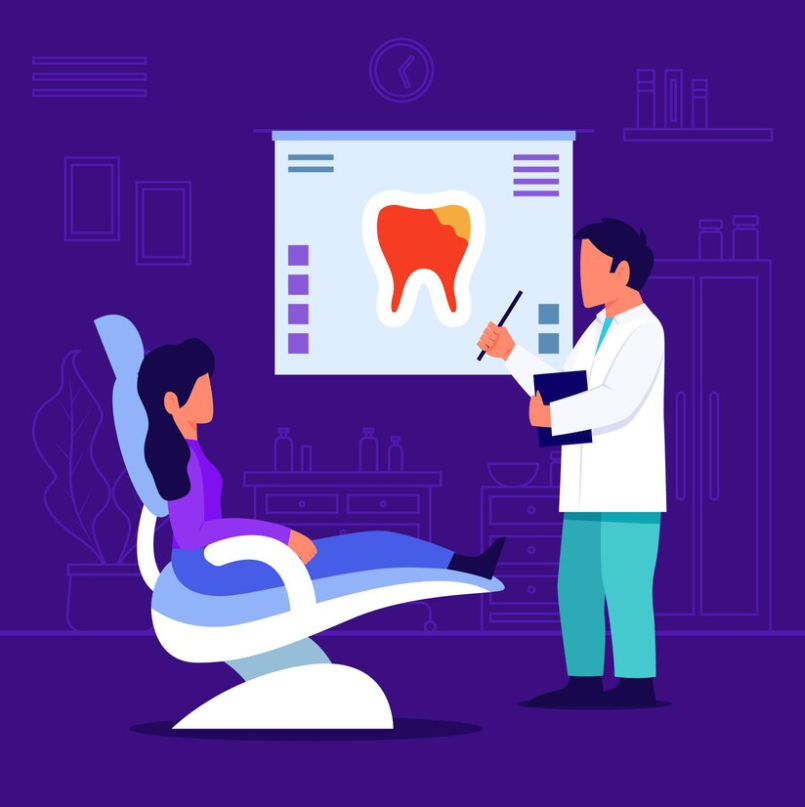




 Introduction: In the realm of healthcare, certain specialties demand not only skill but also empathy and understanding. Gynecology, the branch of medicine dealing with the female reproductive system, is one such field where patients seek not just medical expertise but also a comforting presence. In the bustling city of Gwalior, AHRI Hospital stands as a beacon of hope for women’s health, offering exceptional gynecology care under the expert guidance of Dr. Veena Agarwal.
Introduction: In the realm of healthcare, certain specialties demand not only skill but also empathy and understanding. Gynecology, the branch of medicine dealing with the female reproductive system, is one such field where patients seek not just medical expertise but also a comforting presence. In the bustling city of Gwalior, AHRI Hospital stands as a beacon of hope for women’s health, offering exceptional gynecology care under the expert guidance of Dr. Veena Agarwal. Introduction: Welcome to our comprehensive guide on nose care, where we delve into the intricacies of maintaining optimal nasal health. Your nose is not only essential for the sense of smell but also plays a crucial role in breathing and overall well-being. Today, we’re fortunate to have insights from Dr. Rahul Agarwal, a distinguished expert from Ahri Hospital in Gwalior, shedding light on the importance of nose care and practical tips for maintaining nasal health.
Introduction: Welcome to our comprehensive guide on nose care, where we delve into the intricacies of maintaining optimal nasal health. Your nose is not only essential for the sense of smell but also plays a crucial role in breathing and overall well-being. Today, we’re fortunate to have insights from Dr. Rahul Agarwal, a distinguished expert from Ahri Hospital in Gwalior, shedding light on the importance of nose care and practical tips for maintaining nasal health.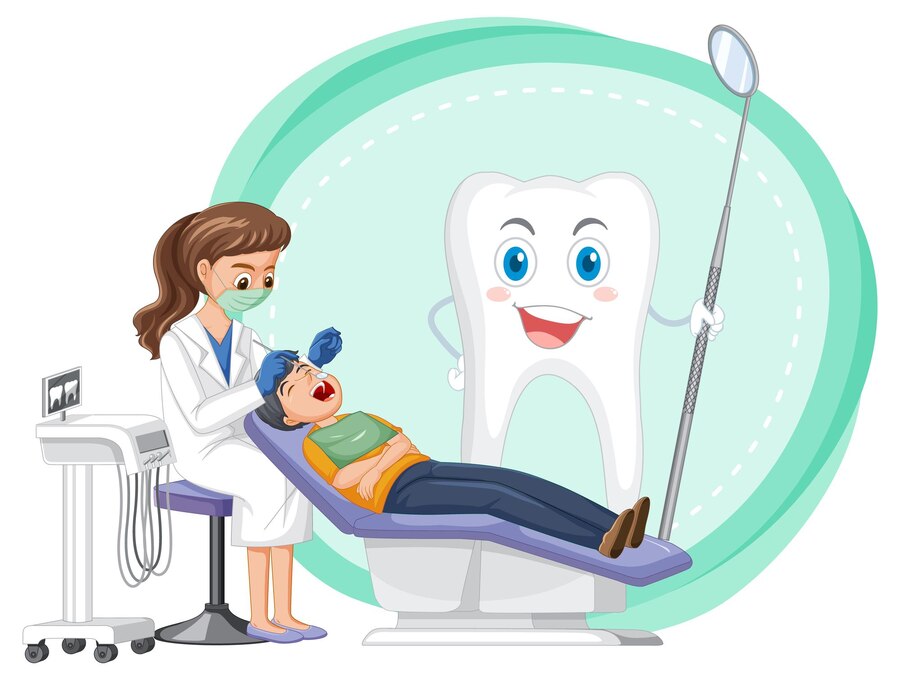 In the hustle and bustle of our daily lives, it’s easy to overlook one of the most crucial aspects of our health: dental care. Our oral health not only impacts our ability to eat and speak comfortably but also plays a significant role in our overall well-being. Understanding this, Dr. Rohit Agarwal at Ahri Hospital in Gwalior stands as a beacon of excellence, advocating for comprehensive dental care that goes beyond just fixing cavities.
In the hustle and bustle of our daily lives, it’s easy to overlook one of the most crucial aspects of our health: dental care. Our oral health not only impacts our ability to eat and speak comfortably but also plays a significant role in our overall well-being. Understanding this, Dr. Rohit Agarwal at Ahri Hospital in Gwalior stands as a beacon of excellence, advocating for comprehensive dental care that goes beyond just fixing cavities.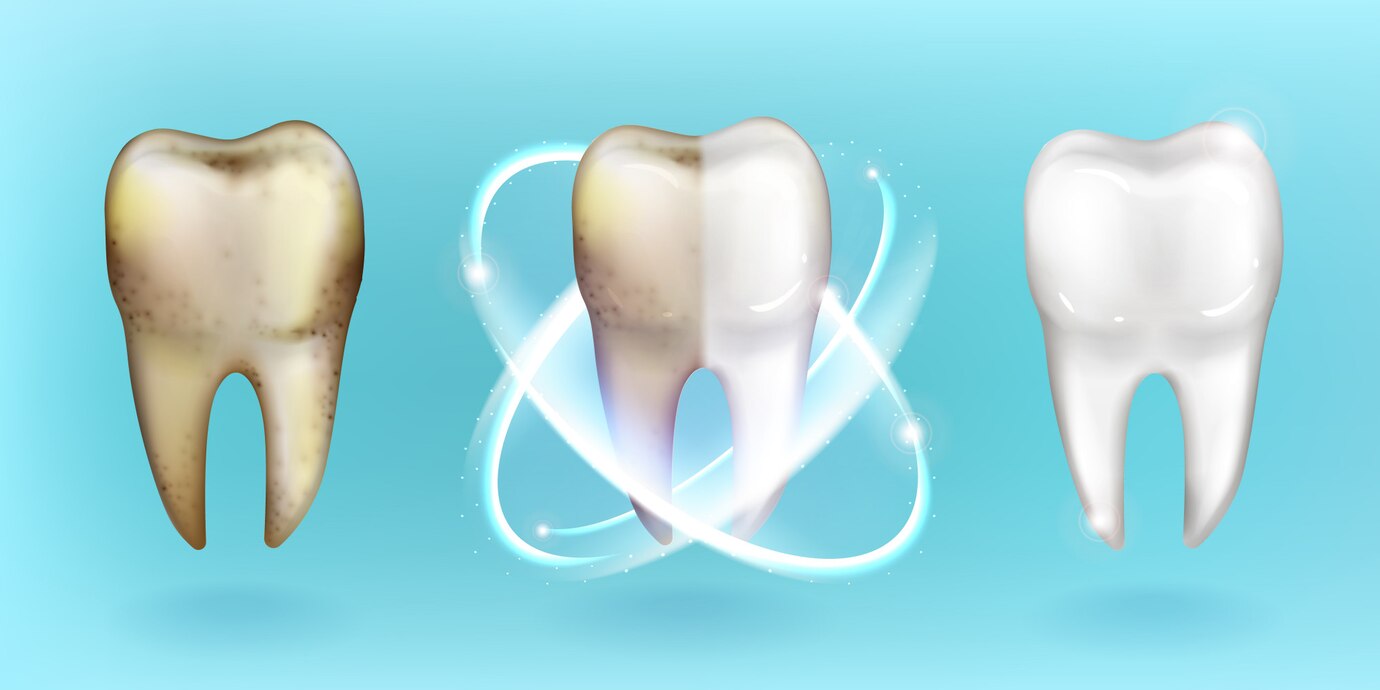 In the realm of healthcare, few things hold as much power and significance as a confident smile. It’s not just about aesthetics; it’s about health, self-assurance, and a reflection of inner well-being. In the bustling world of dentistry, one name shines brightly – Dr. Shilpa Agarwal. With her dedication, expertise, and compassionate care, Dr. Agarwal has become synonymous with transformative dental experiences, reshaping smiles and lives one appointment at a time.
In the realm of healthcare, few things hold as much power and significance as a confident smile. It’s not just about aesthetics; it’s about health, self-assurance, and a reflection of inner well-being. In the bustling world of dentistry, one name shines brightly – Dr. Shilpa Agarwal. With her dedication, expertise, and compassionate care, Dr. Agarwal has become synonymous with transformative dental experiences, reshaping smiles and lives one appointment at a time.